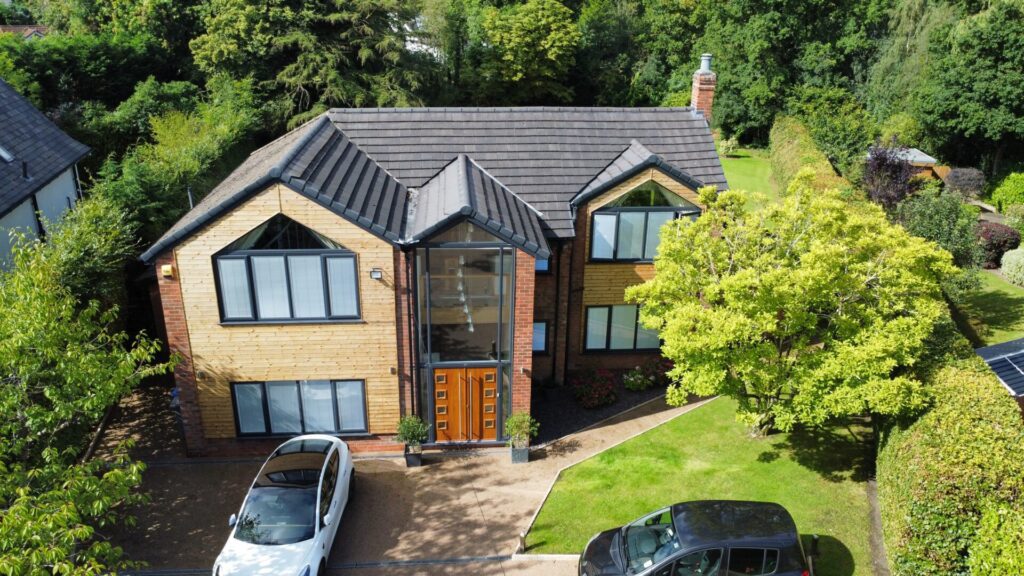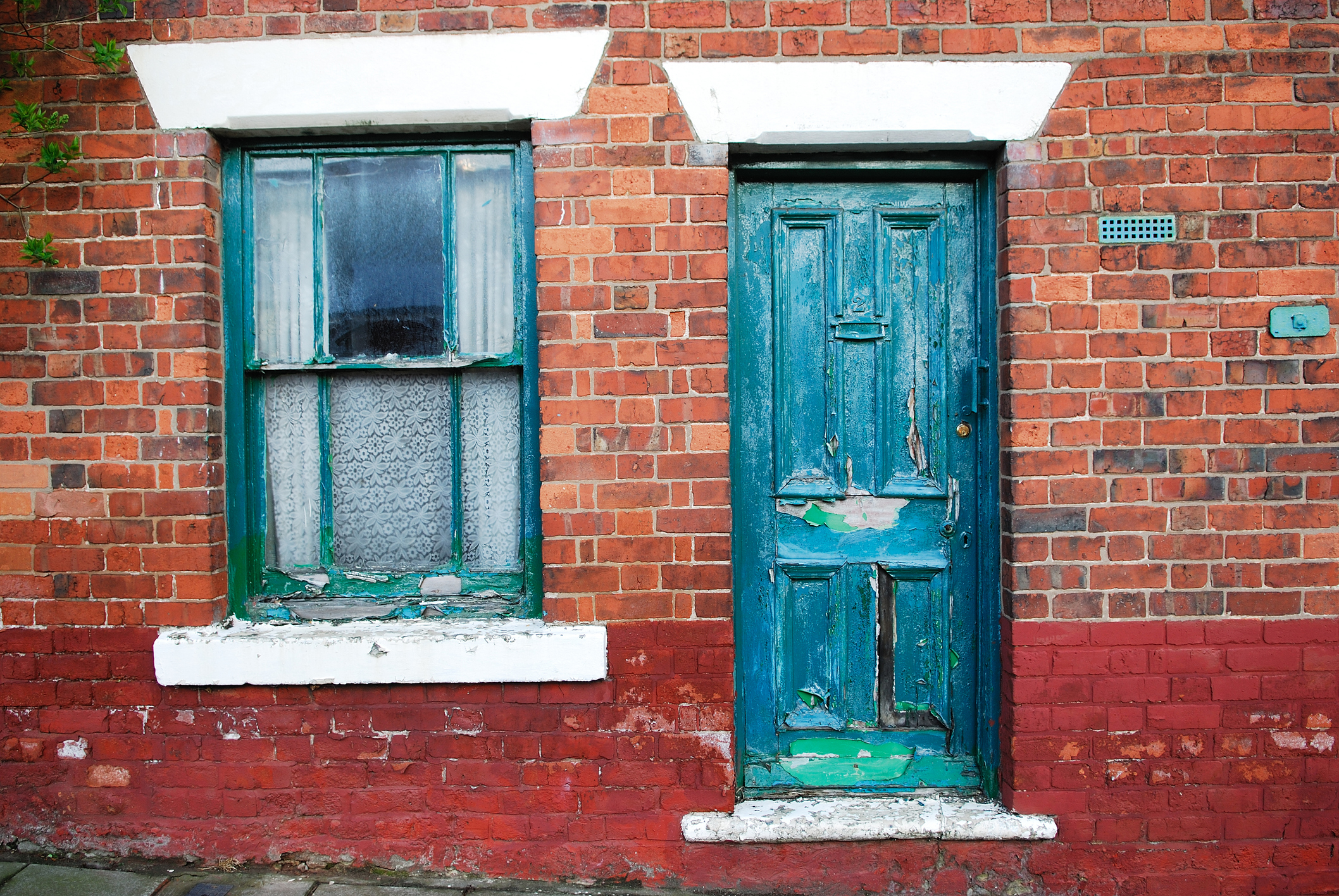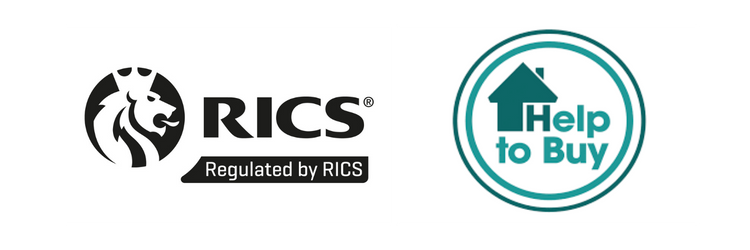When you’re in the process of buying a house, understanding what a house survey inspects is key to making an informed decision. A house survey is essentially a health check for properties. It gives you an in-depth analysis of the property’s condition and alerts you to any potential issues that might not be visible to the naked eye. Your surveyor will examine the structure and fabric of the building, looking out for any signs of defects or necessary repairs that could influence your purchase.
As you anticipate what the survey will cover, expect a thorough examination of the building’s stability. This can include checking the walls, roofing, insulation, windows, and doors. Internally, the inspection can also include an assessment of dampness, the condition of any woodwork, the presence of hazardous materials, and even the status of existing electrical, plumbing, and heating systems (see our Level 3 MAX Home Survey).
The presence of any invasive plant species like Japanese knotweed will also be noted. This comprehensive check ensures you are aware of what might need fixing now or in the future, so you can budget accordingly or negotiate the property price based on findings. Remember, while the survey might seem like an additional cost, it’s an investment in your peace of mind when purchasing your new home!
Types of House Surveys
When selecting a house survey, it’s crucial to choose the level that best suits the property you’re interested in. Each type offers a different depth of investigation into the property’s condition, helping you understand potential issues and impacts on valuation.
Condition Report (Level 1 Survey)
The Condition Report offers a basic overview of your potential new home’s condition, using a simple traffic light system to highlight areas of concern. It provides insight into urgent defects without detailed analysis or advice, making it practical for newer homes in seemingly good condition.
HomeBuyer Report (Level 2 Survey)
A more comprehensive option is the HomeBuyer Report. This survey includes all the features of the Condition Report, plus it checks for structural problems such as damp. You can also choose to receive a market valuation.
- Damp Testing: A Protimeter tests for high damp readings.
- Recommendations: Provides necessary repair advice and further investigations if needed.
Building Survey (Level 3 Survey)
For a thorough analysis, consider the Building Survey. Ideal for older or non-standard properties, it delves into the fabric of the building, with a comprehensive review including advice on repairs, estimated costs, and timings. The in-depth report provides detailed information on structure and materials.
Survey Hut Level 2 PLUS Survey
Discover added assurance with the Survey Hut Level 2 PLUS Survey. It’s an enhanced version of the standard Level 2 Survey, including all essential checks and a few additional extras:
- Advanced Diagnostics: Uses a thermal imaging camera to further check for damp and a drone to look at the chimney, roof and gutters from above.
- Comprehensive Evaluation: Provides a meticulous assessment of your property’s condition.
Survey Hut Level 3 MAX Survey
The ultimate in home surveys, the Survey Hut Level 3 MAX Survey offers an extensive examination of the property and components. It’s particularly suitable for heritage buildings or properties with complex architecture, or where you’re concerned about the electricity, gas and heating installations.
- Electric, Gas and Heating Installations: Testing and checking the services and heating to make sure they’re all working as they should.
- Greater Detail: Includes a drone video, as well as a video summary of our report, which provides greater detail into our findings.
By selecting the appropriate house survey, you can proceed with confidence, aware of any immediate repairs needed and the overall health of the property. This insight can be invaluable in negotiating price and planning for future maintenance.
Key Areas of Inspection
When you commission a house survey, the surveyor will focus on several critical aspects of the property to ensure it’s safe and in good condition. They’ll look for any issues that could affect the property’s value or might require immediate or future repair.
Structural Integrity
Your surveyor will examine the structure of the property for signs of potential problems. They’ll check for:
- Cracks in walls or floors.
- Doors and windows that don’t open or close properly.
- Gaps between walls and floors.
They will also assess the condition of the ceilings, floors, and any permanent outbuildings.
Electricals and Plumbing
Electrical and plumbing systems are essential for a functioning home and your safety. A Level 3 MAX Survey will include:
- The age and condition of the wiring.
- The fuse box and safety devices.
- Gas safety certificate.
- Age and condition of the boiler.
- Cost of repairs to services and heating installations.
Damp and Insulation
Dampness can cause significant damage and health issues, while poor insulation affects both your comfort and heating bills. The survey will investigate:
- Signs of damp on walls, ceilings, or floors.
- Presence of mould or rot.
- Effectiveness and state of existing insulation.
Roofing and External Walls
The survey should identify any problems with the roofing and external walls that may need attention. This includes checking for:
- Damaged or missing roof tiles.
- Blocked or broken gutters and downpipes.
- Condition of chimneys and flues.
- Integrity of external brickwork or cladding.
Potential Issues and Risks
When you’re getting a house survey, it’s designed to uncover potential problems that might not be immediately apparent. Below are the specifics that surveyors look for in key areas of concern.
Damp and Mould
Damp and mould can be damaging to our homes, but also our health. Rising damp, penetrating damp, and condensation are the key culprits here.
Rising Damp:
- Symptoms: Tide marks on walls, peeling wallpaper, or decayed skirting boards.
- Potential Causes: Failed damp-proof course or high external ground levels.
Penetrating Damp:
- Symptoms: Localised dampness, wet or rotting window frames.
- Potential Causes: Leaking downpipes, poor mortar joints, or ineffective render.
Condensation:
- Symptoms: Water droplets on windows, black mould growth.
- Potential Causes: Lack of ventilation, heating, or excessive moisture production indoors.
Japanese Knotweed
Japanese Knotweed is an invasive plant that can rapidly grow through concrete, drains, and foundations, causing major damage. Your surveyor will inspect the grounds for its presence. The plant has distinctive features:
- Heart-shaped leaves.
- Bamboo-like stems.
- Clusters of cream flowers in late summer.
They’ll also assess any damage already done by the plant. The identification and implications of finding Japanese Knotweed are significant for the property’s value and insurability.
Survey Reports and Next Steps
After your house survey is conducted, you’ll receive a detailed report highlighting the inspector’s findings. This document serves as a guide to understanding the condition of the property and any issues you should be aware of. Take the time to review the contents carefully, as they’ll help inform your next steps.
Key Elements of Survey Reports:
- Structure: Checks for stability issues, including walls, ceilings, and floors.
- Roofing: Assessment of the roof’s condition, tiles, and potential leak areas.
- Dampness: Identification of any damp problems within the property.
- Insulation: Evaluation of the loft insulation and its adequacy.
Upon reviewing the report, consider the following:
- Identify Priority Issues: Issues categorised as urgent.
- Negotiate: Use the survey findings to negotiate on the property price if necessary.
- Plan for Repairs: Establish a timeline for addressing any identified concerns.
Remember, the survey is there to protect you from unforeseen issues and to allow you to plan for any immediate or future repairs. If there’s something you don’t understand, don’t hesitate to reach out to your surveyor for clarification. They can offer additional insights or advice on handling any problems discovered.
Get in touch with Survey Hut today for a comprehensive Home Survey. We are held to the highest professional standards by the RICS, so you know that you’ll get a high-quality report. Make sure your perfect home, is perfect.
Sharing is caring!




